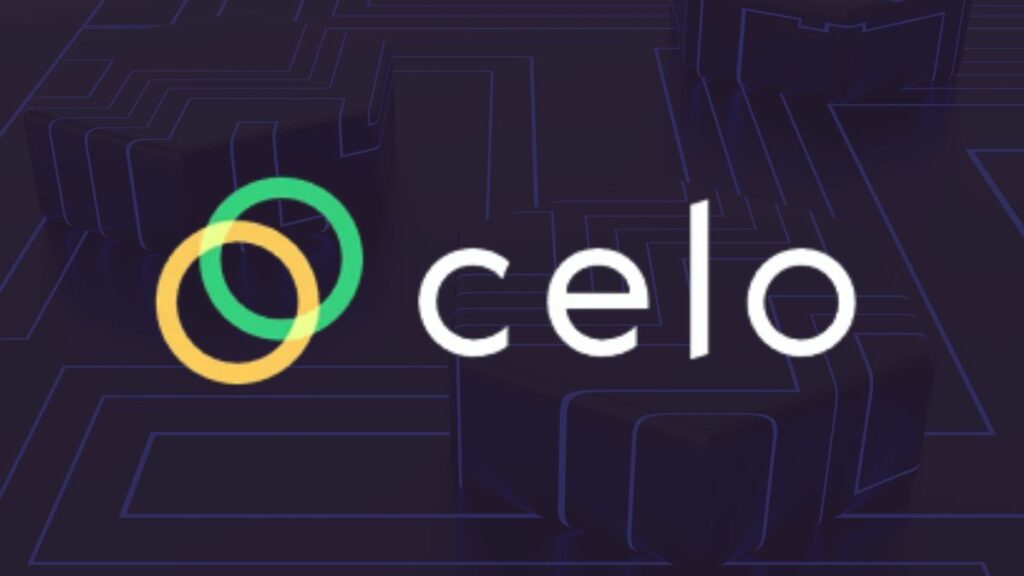cLabs, the organization behind the development of the Celo blockchain, has put forth a proposal to move Celo from being an independent layer-1 blockchain to an Ethereum layer-2 solution. The transition aims to enhance the performance and capabilities of Celo by leveraging the benefits of Ethereum’s layer-2 technology.
1/
After months of research & initial discussions with Celo & Ethereum community members, @cLabs proposed a major upgrade yesterday for Celo to migrate from an EVM-compatible L1 → an Ethereum L2, initially leveraging OP Stack, w/ key differentiators:
— Celo 🦇 🌳 (@CeloOrg) July 16, 2023
The proposed upgrade, discussed in Celo’s governance forum, suggests using the OP Stack architecture to transform the blockchain into an Ethereum layer-2 blockchain. This transition would eliminate the need for monitoring tooling and libraries’ compatibility, allowing the developers to utilize a wide range of Ethereum tools and libraries seamlessly.
The key differentiating factors of the proposed transition include the implementation of an off-chain data availability layer operated by Ethereum node operators. This layer would be safeguarded by restaked Ether (ETH) and provide enhanced security for Celo. Additionally, the current validators would be transformed into decentralized sequencers for the layer-2 solution.
Potential Effects on the Celo Ecosystem
Layer-1 and layer-2 blockchains serve different purposes and have distinct design and architectural features. While layer-1 networks operate independently and are self-sufficient, layer-2 solutions aim to improve the performance of layer-1 blockchains.
However, the proposed migration offers several benefits, including increased security while maintaining low gas fees. The use of off-chain data availability in the layer-2 solution is expected to significantly reduce gas costs compared to other layer-2 solutions that rely on on-chain data availability.
The transition is designed to have minimal impact on end-users and CELO token holders. Users would not notice any changes, and the token holders would retain control over core contracts through governance proposals. The tokens would also continue to be used for gas payments.

Meanwhile, the transition may have varying effects on the Celo ecosystem. It could enable more liquidity flow between the blockchain and other chains but might also generate additional costs for sequencers, such as fees on the data availability layer and gas on Ethereum. The impact on sequencers’ rewards compared to current validators’ rewards is still uncertain.
Celo has been focusing on improving the mobile experience and incorporating additional features to cater to developing economies’ payment solutions. The transition to an Ethereum layer-2 solution aligns with cLabs mission of financial inclusivity and brings real-world use cases to the Ethereum ecosystem.
The proposal will be further discussed on a governance call on July 21, followed by a “temperature check” the next day. If adopted, the upgrade will mark a significant step for the blockchain, bringing it closer to the Ethereum ecosystem and unlocking new possibilities for collaboration and innovation.










